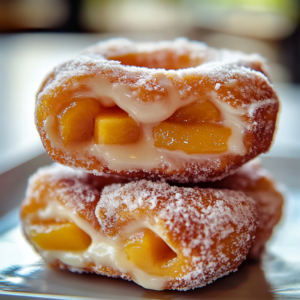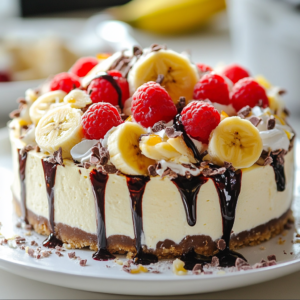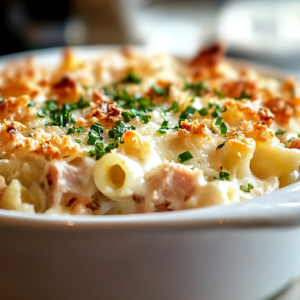Introduction and Quick Summary
The festive season brings a delightful spirit into our homes, and nothing embodies this joy quite like a classic Christmas cake. This rich and flavorful treat has become a staple in holiday celebrations around the world. Traditionally made with dried fruits and nuts, a well-prepared Christmas cake is not only delicious but also visually stunning. Imagine a beautifully decorated cake gracing your table during family gatherings or holiday parties—it’s sure to be the star of the show!

In this article, we will guide you through the process of creating your very own Christmas cake from scratch. With easy-to-follow instructions and tips on serving and storing, you’ll have everything you need to impress your guests. We’ll explore the essential ingredients that come together to create this delectable dessert, along with step-by-step preparation methods that ensure success every time. Whether you’re an experienced baker or a novice in the kitchen, you’ll find that making a Christmas cake is an enjoyable experience that fills your home with warmth and cheer. Let’s embark on this culinary journey together!
Main Ingredients
Dried Fruits
Dried fruits are the heart of any good Christmas cake. They provide natural sweetness and flavor depth. For this recipe, you will need about 500g of mixed dried fruits such as raisins, sultanas, currants, apricots, and cherries. The combination of these fruits creates a beautiful color contrast while also adding delightful textures to each slice. Soak them in orange juice or rum overnight to enhance their flavors and keep them moist during baking.
Nuts
Nuts add both crunch and richness to your Christmas cake. Use approximately 200g of chopped mixed nuts like almonds, walnuts, or pecans. Toasting the nuts lightly before adding them enhances their flavor profile even more. Make sure they are finely chopped so they distribute evenly throughout the batter without overwhelming the other ingredients.
Butter
Butter is essential for achieving that rich taste and moist texture characteristic of a great Christmas cake. You will need 250g of unsalted butter at room temperature for this recipe. Creaming the butter with sugar until light and fluffy is crucial as it incorporates air into the mixture, giving your cake a lovely rise.
Sugar
For sweetness and caramelization during baking, use 200g of dark brown sugar in this recipe. Dark brown sugar not only sweetens but also adds a hint of molasses flavor that perfectly complements the spices typically used in a Christmas cake.
Flour
To bind all these wonderful ingredients together, you’ll need 250g of all-purpose flour. Sifting the flour before adding it to your batter helps remove any lumps while ensuring even distribution throughout the mixture.
Eggs
Eggs act as binding agents while contributing moisture to your cake. For this recipe, you will require three large eggs at room temperature. Beating them until they are creamy before incorporating them into your batter ensures a smooth blend.
Spices
Traditional spices elevate the flavor profile of your Christmas cake immensely. Use one teaspoon each of ground cinnamon and nutmeg along with half a teaspoon of ground ginger to infuse warm notes into your dessert.
Baking Powder
To achieve that ideal rise in texture during baking, include 1 teaspoon of baking powder in your dry ingredients mix. This ensures that your cake remains light despite its dense nature from fruits and nuts.
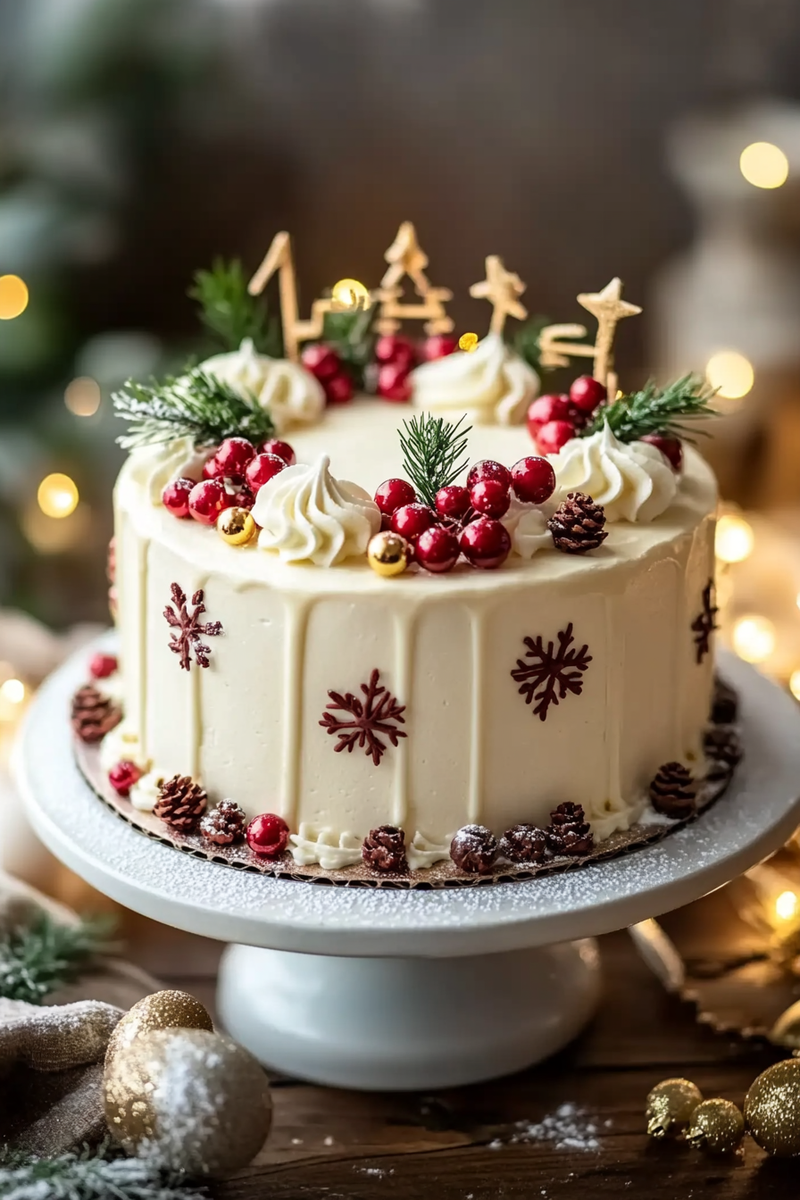
How to Prepare Christmas Cake
Step 1: Preheat Your Oven
Begin by preheating your oven to 160°C (320°F). This step is crucial for ensuring even cooking throughout your cake once it’s placed inside the oven. As it heats up, prepare your baking tin by greasing it thoroughly with butter or lining it with parchment paper for easy removal later on.
Step 2: Soak Your Dried Fruits
While waiting for the oven to heat up fully, soak your dried fruits in either orange juice or rum if desired—this step adds moisture while enhancing their flavors significantly! Ideally let them soak overnight; however if time doesn’t permit then at least one hour should suffice.
Step 3: Cream Butter and Sugar
In a large mixing bowl, combine softened unsalted butter along with dark brown sugar using an electric mixer set on medium speed until they form a light-colored fluffy mixture—this usually takes about five minutes! The creaming process incorporates air into the batter allowing for better rise when baked later on.
Step 4: Add Eggs One at A Time
Next up are those three large eggs! Crack each egg individually into another bowl first (to avoid shell bits) then add them one by one into your creamed mixture; mix well after each addition until completely combined—this makes sure everything binds together nicely without curdling!
Step 5: Fold In Dry Ingredients
Once you’ve incorporated all eggs smoothly into the batter now it’s time to sift in all-purpose flour alongside baking powder & spices (cinnamon/nutmeg/ginger). Gently fold these dry ingredients using spatula instead of whisking vigorously—over mixing can lead tough texture which we want to avoid!
Step 6: Incorporate Soaked Fruits And Nuts
Now comes our star players—soaked dried fruits & chopped nuts! Drain any excess liquid from fruit mixture then gently fold everything together ensuring they’re evenly distributed throughout batter without smashing them too much; this gives each slice those delightful bursts of fruity goodness!
Step 7: Pour Batter Into Prepared Tin
Carefully transfer prepared batter into greased/lined baking tin spreading it out evenly using spatula; make sure there aren’t any air pockets left behind as they can cause uneven baking resulting in flat areas within finished product!
Step 8: Bake To Perfection
Place filled tin onto middle rack inside preheated oven allowing it bake away undisturbed for approximately two hours or until toothpick inserted comes out clean! If top begins browning too quickly cover loosely with foil around halfway mark; once baked allow cooling down completely before removing from tin onto wire rack where it can cool further—patience pays off here!
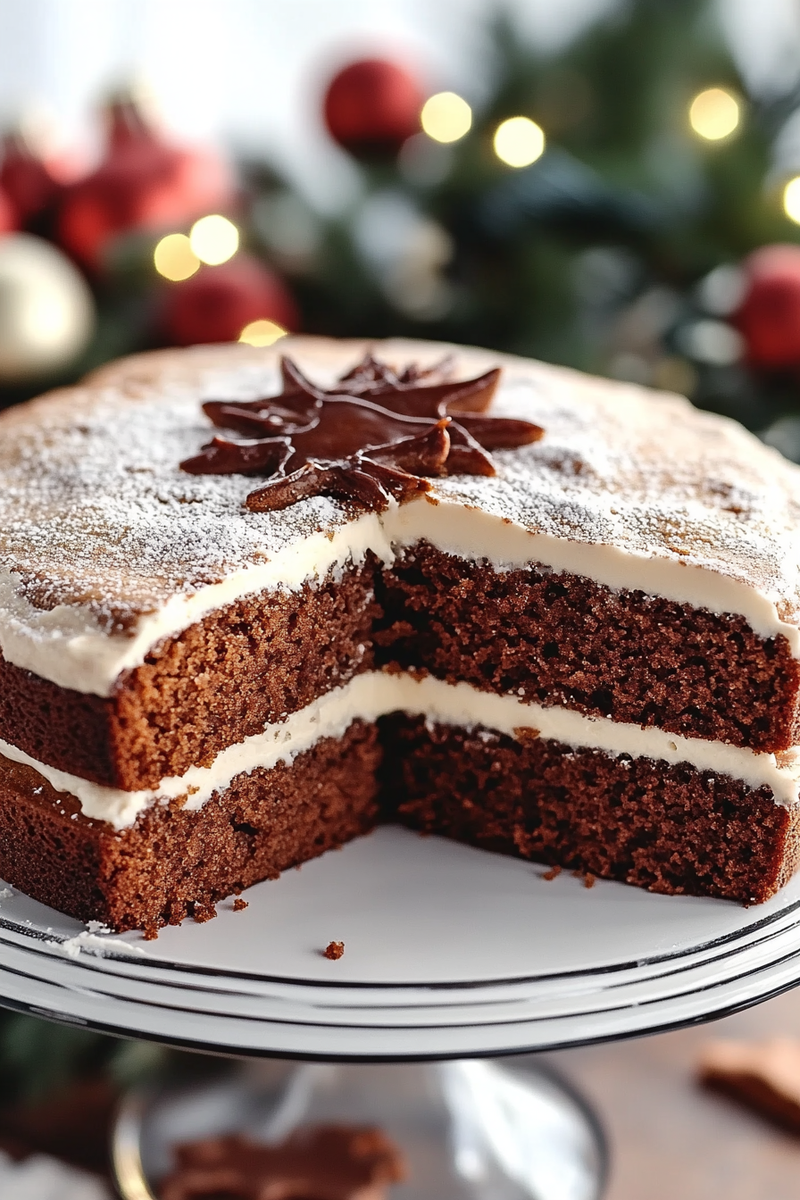
Serving and Storing Tips
Serving Suggestions
When ready to serve your beautifully baked Christmas cake consider adding some decorative touches! Dusting icing sugar over top provides elegant finish while pairing slices alongside freshly brewed tea/coffee complements flavors perfectly! Alternatively try drizzling warm chocolate sauce topped with whipped cream which transforms simple slice into decadent delight everyone will love!
Storing Your Cake
After enjoying slices don’t forget how important storage is—properly storing leftover portions keeps them fresh longer! Wrap cooled cakes tightly using plastic wrap then store within airtight container placed inside pantry where cool/dry conditions exist away from direct sunlight ensuring maximum longevity—good news is they actually improve flavor wise after few days resting period!
By following these detailed steps & tips anyone can master making their very own delicious homemade version which surely becomes centerpiece during festivities every year henceforth! Enjoy creating memories around shared moments brought forth by warm aroma wafting through kitchen inviting loved ones gather close!
Mistakes to avoid
When making a Christmas Cake, several common mistakes can affect the taste and texture of this festive dessert. One frequent error is not measuring ingredients accurately. Baking requires precision; even small discrepancies in ingredient amounts can lead to issues such as a dense cake or uneven baking. Always use a kitchen scale for dry ingredients and liquid measuring cups for wet ones.
Another mistake is not allowing the fruits to soak long enough before baking. Many recipes call for dried fruits soaked in alcohol or juice, which enhances the flavor and moisture of the cake. Failing to soak them adequately can result in a drier cake that lacks the rich flavors of well-marinated fruits.
Over-mixing the batter is yet another pitfall. While it may seem tempting to ensure everything is combined thoroughly, over-mixing can lead to a tough cake because it develops gluten in the flour. Mix only until just combined, and you will achieve a lighter texture.
Many bakers forget about the importance of proper oven temperature. An oven that runs hot can cause the outside of your cake to brown too quickly while leaving the inside undercooked. Use an oven thermometer to check accuracy and adjust accordingly.
Lastly, neglecting to line your baking pan can lead to disaster when it’s time to remove your Christmas Cake. Even with greasing, cakes tend to stick, especially those rich in fruits and nuts. Always line your pans with parchment paper for easy removal.
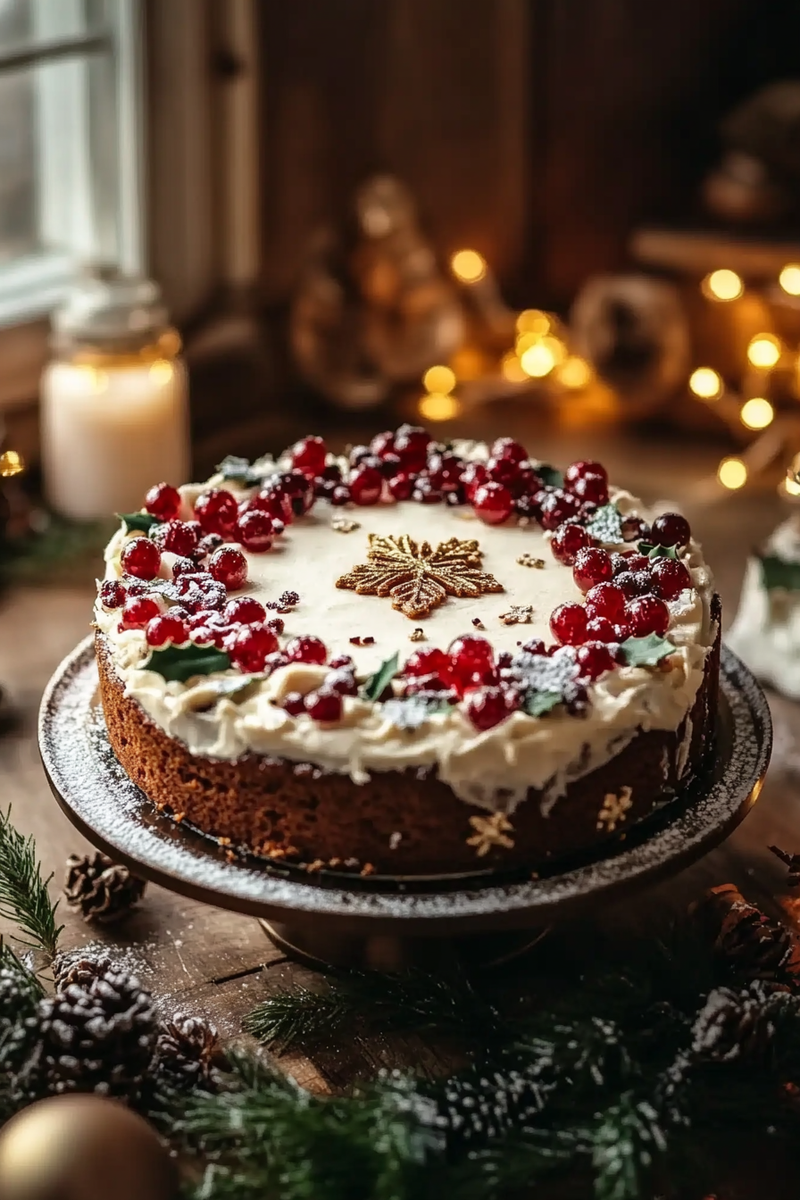
Tips and tricks
To create a perfect Christmas Cake, consider implementing these tips and tricks into your baking routine. First, choose high-quality ingredients. Using premium butter, fresh eggs, and high-grade dried fruits can elevate your cake’s overall quality significantly. Invest in good chocolate or marzipan if your recipe calls for these components.
Another valuable tip is to make your Christmas Cake ahead of time and allow it to mature. This allows flavors to meld beautifully over time; many bakers recommend making their cakes at least a month before serving. Store it wrapped in parchment paper and foil in a cool place, occasionally feeding it with alcohol or fruit juice to keep it moist.
Use room temperature ingredients where possible, especially eggs and butter. Cold ingredients do not mix well, resulting in an uneven batter that could affect baking outcomes.
Don’t forget about enhancing flavors with spices such as nutmeg, cinnamon, or cloves; these seasonal flavors add warmth and depth that complement the dried fruits perfectly. Adding zest from citrus fruits like oranges or lemons also brightens up the flavor profile.
Lastly, remember to check for doneness using a toothpick or skewer; if it comes out clean or with just a few crumbs attached, your cake is ready! Allowing the cake to cool completely before decorating will also prevent any melting of icing or frosting.
Suggestions for Christmas Cake
Creating an exceptional Christmas Cake involves more than just following a recipe; consider these suggestions for an impressive outcome. First off, think about decorating options beyond traditional fondant or icing. A simple dusting of powdered sugar adds elegance without overpowering the cake’s flavors.
Incorporate various textures by adding layers within your cake—consider placing marzipan between layers or incorporating whipped cream as filling if you choose to bake multiple tiers for an extravagant presentation.
Experiment with flavor profiles by infusing unique elements into your batter; try adding coffee for depth or almond extract instead of vanilla for subtle nuttiness that pairs well with dried fruits.
Consider adding seasonal decorations on top; edible gold leaf or crystallized fruits not only enhance visual appeal but also provide additional flavor notes that harmonize beautifully with classic tastes associated with this festive treat.
If you plan on making multiple cakes this season as gifts or treats for family gatherings, consider personalizing each one by using different combinations of dried fruits according to individual preferences—this customization adds thoughtful touches appreciated by loved ones during holiday celebrations.
Lastly, don’t hesitate to experiment with different shapes for your Christmas Cake; using bundt pans or loaf tins adds character that makes each creation unique while still retaining all those beloved seasonal flavors everyone adores!

FAQs
What is the best way to store a Christmas Cake?
Proper storage extends the life of your Christmas Cake significantly. Ensure it’s cooled completely before wrapping it tightly in parchment paper followed by foil or plastic wrap. Store it in an airtight container at room temperature if you plan on consuming it within a week. For longer storage—up to six months—you can freeze it after wrapping securely in foil. Just remember to thaw slowly at room temperature before serving!
Can I substitute fresh fruit instead of dried fruit?
While fresh fruit provides wonderful flavor profiles, they contain more moisture than dried versions which could alter the cake’s texture significantly leading potentially soggy results if not accounted for properly during baking times! If you’re keen on incorporating fresh fruit into your recipe consider reducing other liquids accordingly while ensuring enough drying agent like flour remains present throughout mixing processes!
How long does a Christmas Cake last?
A well-stored Christmas Cake can last quite some time! When kept at room temperature wrapped properly—it should remain fresh for about one week without spoilage concerns! If refrigerated though—its lifespan doubles allowing enjoyment over several weeks if sealed correctly within containers!
Can I make my Christmas Cake without alcohol?
Absolutely! Many recipes cater specifically towards non-alcoholic preferences by substituting juices like apple cider alongside similar flavor enhancers available such as vanilla extracts complemented by spices ensuring delightful outcomes even without spirits involved!
What type of icing works best on Christmas Cake?
The choice depends largely upon personal tastes but traditional marzipan topped off with royal icing remains popular choices across many households! Alternatively opting towards creamy buttercream provides softness alongside delightful sweetness versus firmer options typically found through fondant applications which some find overly sweetened!
How do I know when my Christmas Cake is done baking?
To test doneness insert a toothpick into its center—if it emerges cleanly (or only slightly sticky) you’re good! Keep watch during final stages since overbaking leads dryness ruining those carefully cultivated flavors so timing matters significantly when creating delectable delights worth savoring together round festive tables!
Conclusion
Creating a memorable Christmas Cake requires attention to detail and adherence to best practices throughout preparation stages—from ingredient selection down through proper storing techniques post-baking! Avoid common pitfalls like inaccurate measurements alongside improper soaking times while embracing beneficial tips including utilizing quality components plus allowing adequate maturation periods allows full flavor development rendering each slice irresistible come holiday gatherings! By experimenting creatively through decoration methods plus personalizing recipes based upon individual preferences ensures everyone enjoys their experience indulging delicious seasonal treats together round festive tables filled laughter cheer all season long! So gather around friends family celebrating cherished moments together sharing love joy encapsulated within every bite—this truly captures essence spirit behind making magical memories year after year during holiday seasons brightening hearts souls alike everywhere!

